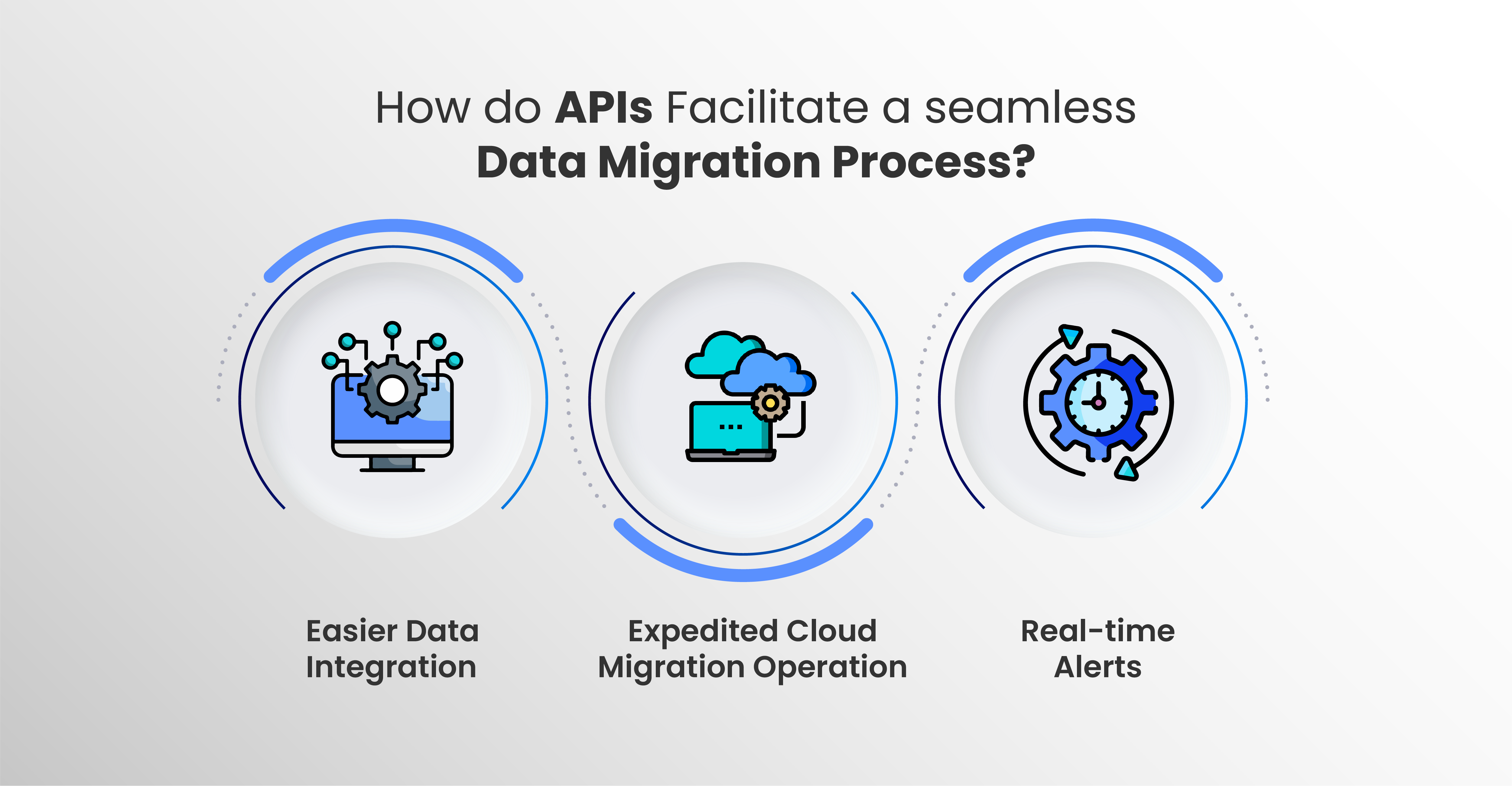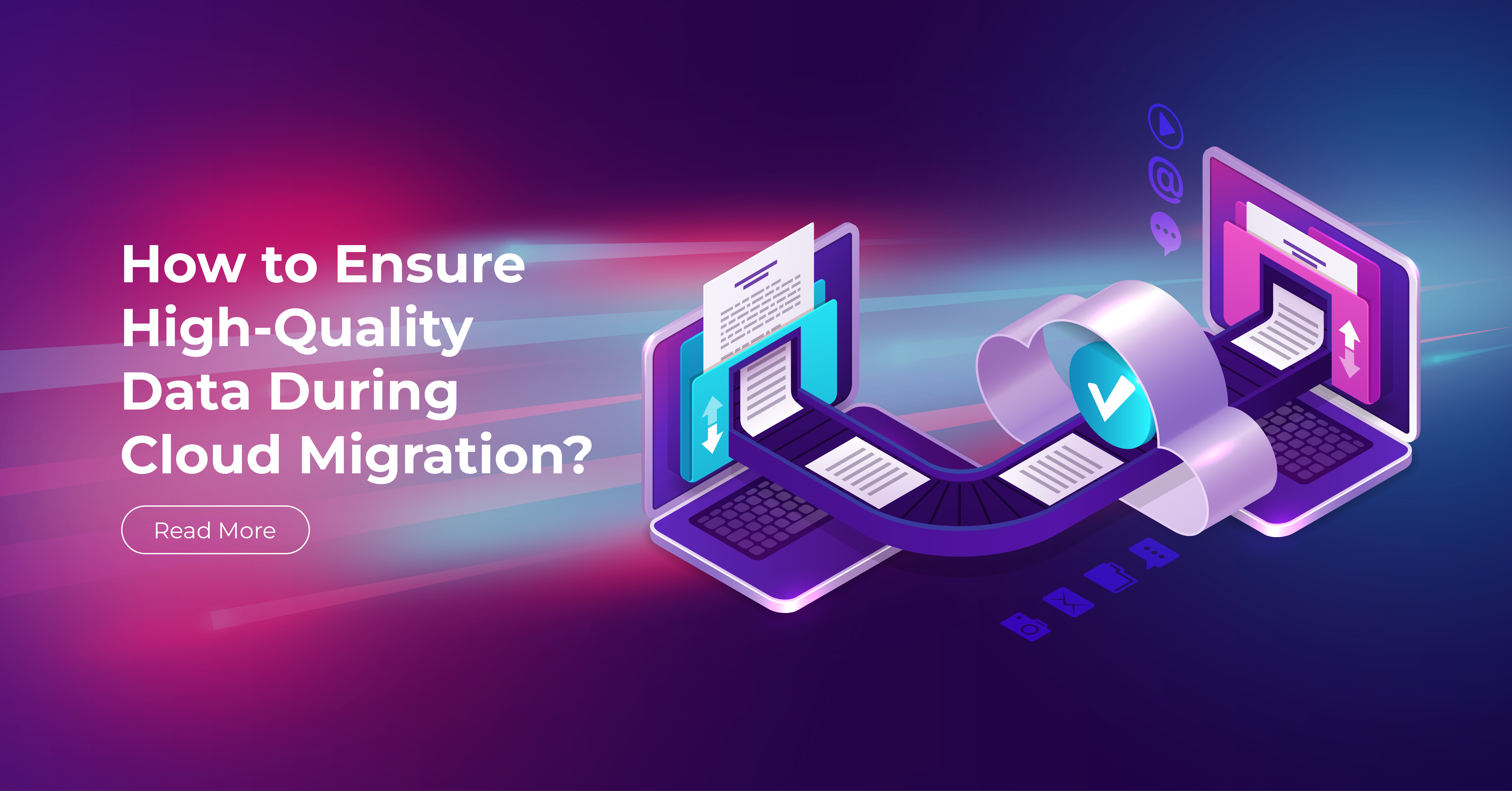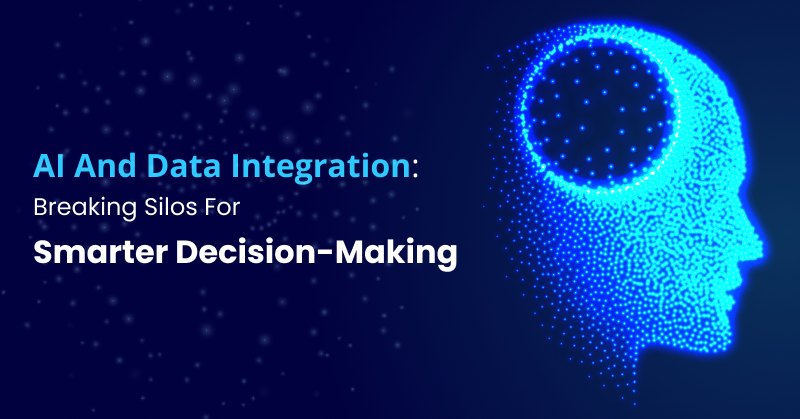Today cloud-first strategy has become integral to enabling the digital transformation journey. Companies deal with humongous data from various applications, websites, customer portals, etc. This data must be consolidated to improve business capabilities and cater to the changing business climate.
With the current telecommuting setup, data migration has become more critical. Still, many data migration projects fail due to implementation schedules, being overrun on time, or exceeding budget. The failure rate of such projects is 83%, forcing organizations to ask some questions before initiating data migration, like-
- Is it possible to check data integrity and accuracy in real-time?
- Is there a possibility of losing any valuable data?
- Will data land accurately at the destination?
Among all the questions mentioned above, the last question is critically important as it relates to data integrity and quality that holds the stakeholders’ trust. Data accuracy has become a top priority in cases like- transactional data, patient data in healthcare, sensitive information of users, or some complex business logic.
Here APIs (Application Programming Interfaces) have an essential role to play!
API (Application Programming Interfaces) acts as a vehicle to transport data from source to destination with security embedded in it. Since every source & target system doesn’t allow direct access to their databases, APIs function to migrate data effectively, sync data for analytics solutions, and integrate with other complementary applications.
On the transmitter and receiver sides, APIs export data from the source. The corresponding API on the destination side receives data packages and appropriately places the data in the destination. These APIs make data migration smooth & efficient. However, before setting up the API, the following aspects must be checked:
- Scope of data migration work.
- Potential risks of varying file format.
- The type of data to be migrated.
Problem Statement:
Here are specific challenges addressed by APIs in Data Migration:
- Data from disparate sources are tough to handle: Data from disparate sources and multiple files come to the destination, making it difficult to organize the data transfer sequence. For instance, an educational firm plans to migrate the entire historical data from its inception till the current period – the data exists in varied formats such as jpeg, image, text, etc., and is a mix and match of various categories, i.e., transactional, clerical, student data, admission data, etc.
To address these discrepancies, creating an API layer to run the migration script smoothly is essential. APIs enable the access of data stored in applications to be transferred to the destination with the help of a timestamp. Here, using API ensures the precision and accuracy of the data by providing complete visibility of disparate data. - Source & destination may have different database technologies: If the goal has a database that does not match the source, it becomes difficult to recognize the data transported from the source. Consequently, migrated data remains idle and needs to be more helpful.
Here, the role of API is to support different data formats, i.e., direct data format, feed data format, manipulation data format, or database data format, and help to match the data format at both ends. - Clustered data from the hybrid cloud: When an organization uses multiple clouds for data storage and needs to migrate that data to another platform or cloud data warehouse, it may be challenging to integrate all data through the ETL process. Managing data integration at the ETL level might not work, but it works at the API level!
Here’s how:
How do APIs Facilitate a Seamless Data Migration Process?
APIs help platforms, products, or components to interoperate and work together. It acts as a bridge between the technologies involved and is a significant aspect of the data migration process. Let’s check how APIs make the process seamless:

- Easier Data Integration: The biggest challenge in integrating data is consolidating data from varied sources. APIs enable different systems, software, and applications to communicate with each other and share data with sources, such as databases, cloud services, and third-party platforms. APIs also expose certain functionality of a system to external parties, which allows for easier data integration with other systems and services. It’s like using someone’s vehicle to commute to a destination!
- Expedited Cloud Migration Operation: APIs are essential for cloud migration as they help in the upgradation & scalability of the migration process. They abstract complex background code or connect disparate applications to pass data back and forth quickly. They enable the use of microservices to consolidate pieces of business functionality.
- Real-time Alerts: APIs aid in data migration by enabling real-time data syncing between systems. You can access a central hub through APIs and fetch particular data sets for reporting. To stay ahead of any changes that can impact reports, APIs employ automated alerts to notify when metrics exceed specific criteria.
This is useful when data needs to be synced across multiple systems, such as in a multi-system or multi-location organization.
Data migration is a critical process in any organization. In the process, APIs serve as a medium to bridge the gaps between different technologies.
Conclusion:
APIs are the Facet of Interoperable Systems
APIs update the originating database by integrating new data with previously migrated data via clearly defined methods and protocols.
Using APIs in data migration can significantly simplify the process for IT staff, regardless of prior experience. This provides an easy-to-use interface, makes the migration process more manageable and less intimidating, and allows IT personnel to concentrate on data.
API is an efficient parameter for setting interoperable systems!
At Techment, data experts simplify data exchange between storage and applications. We enable companies to leverage analytics by optimizing their critical data, following best practices to integrate data for bulk data migration seamlessly, and proactively performing future-proofing of data. Get in touch with our experts to learn about our data migration process.
 All Posts
All Posts


